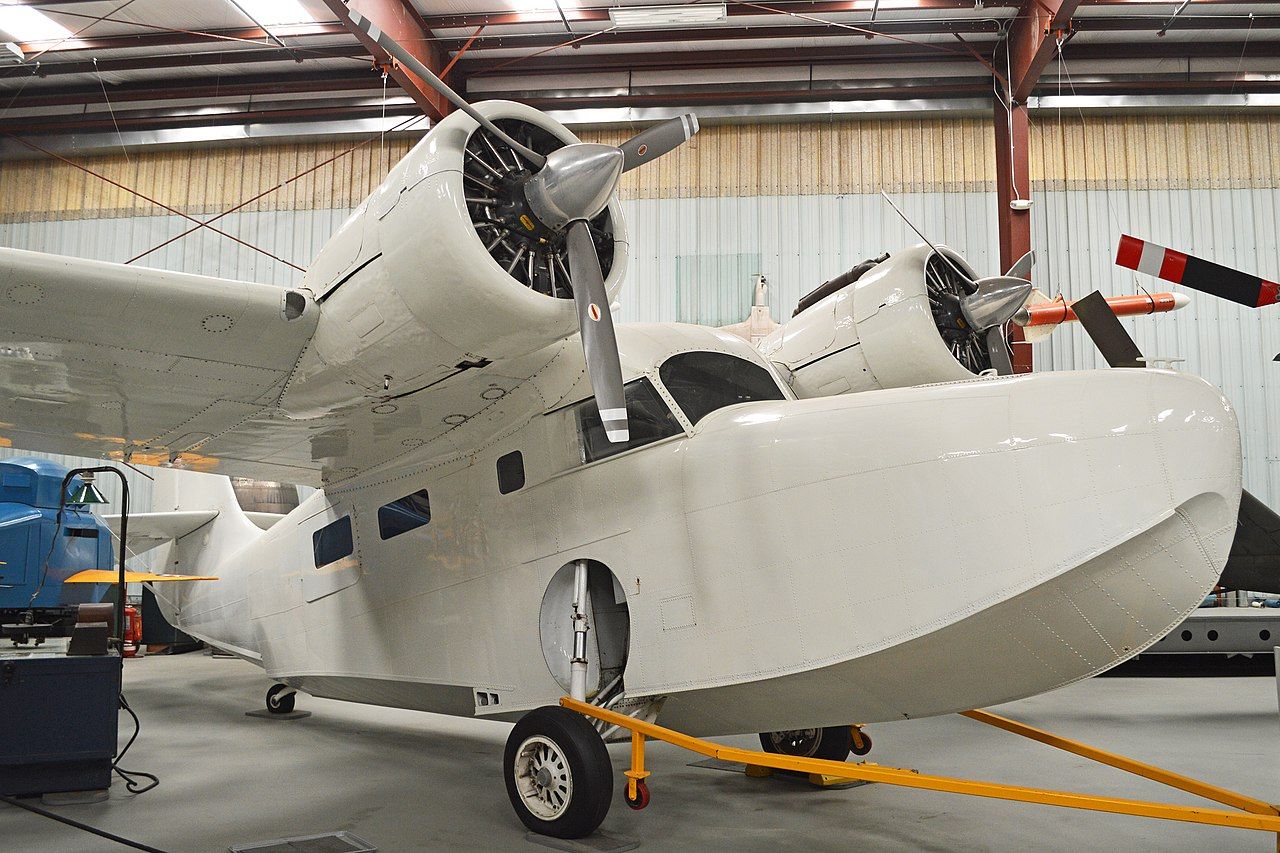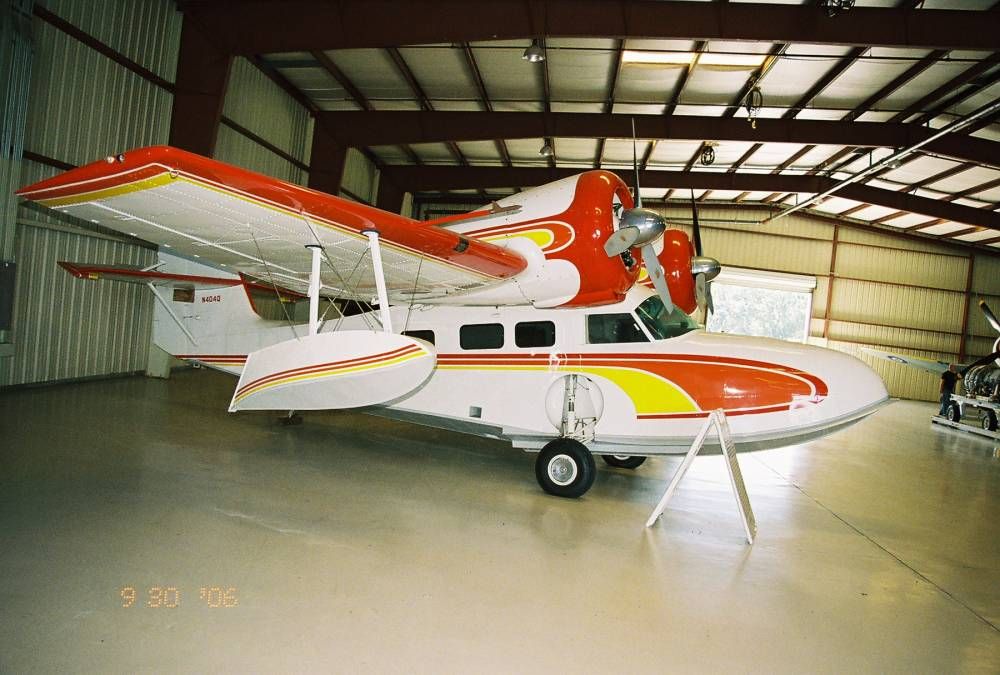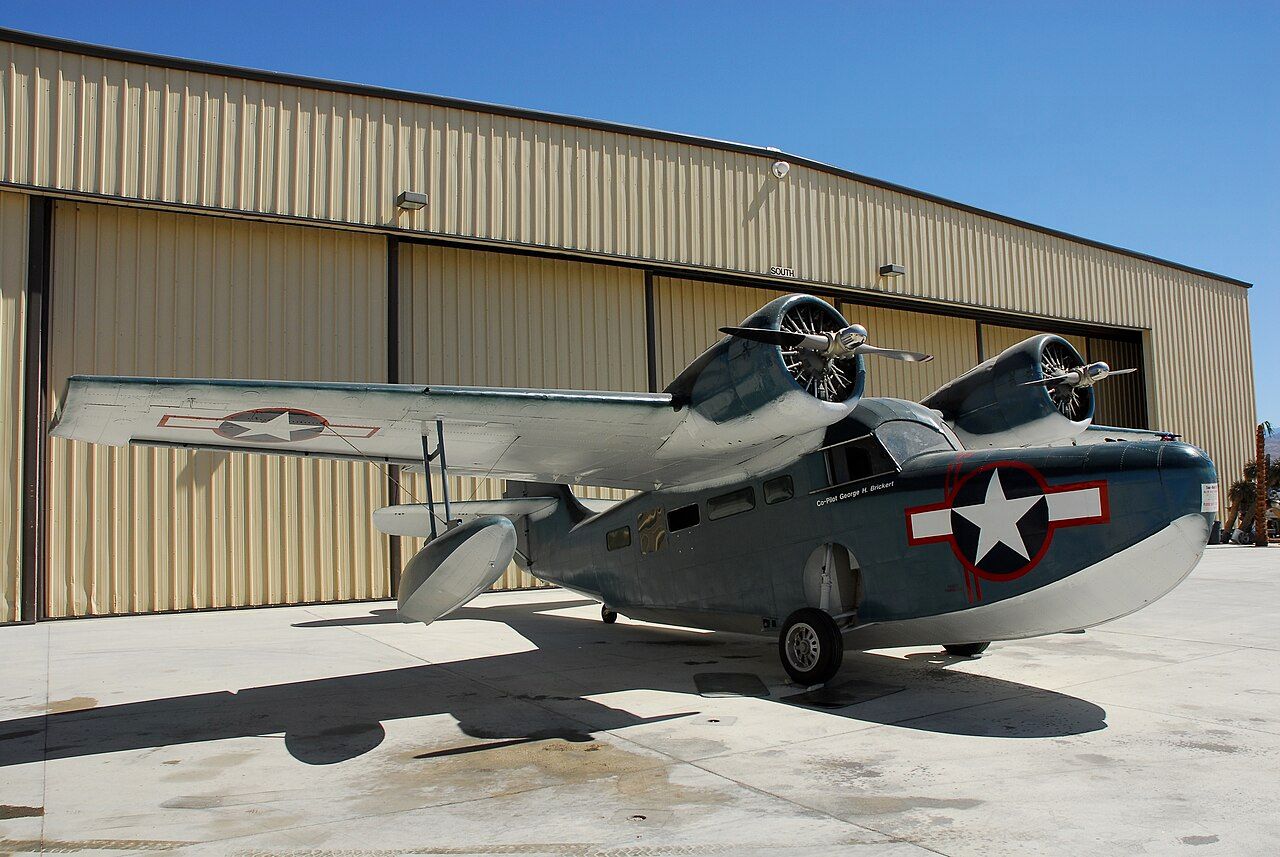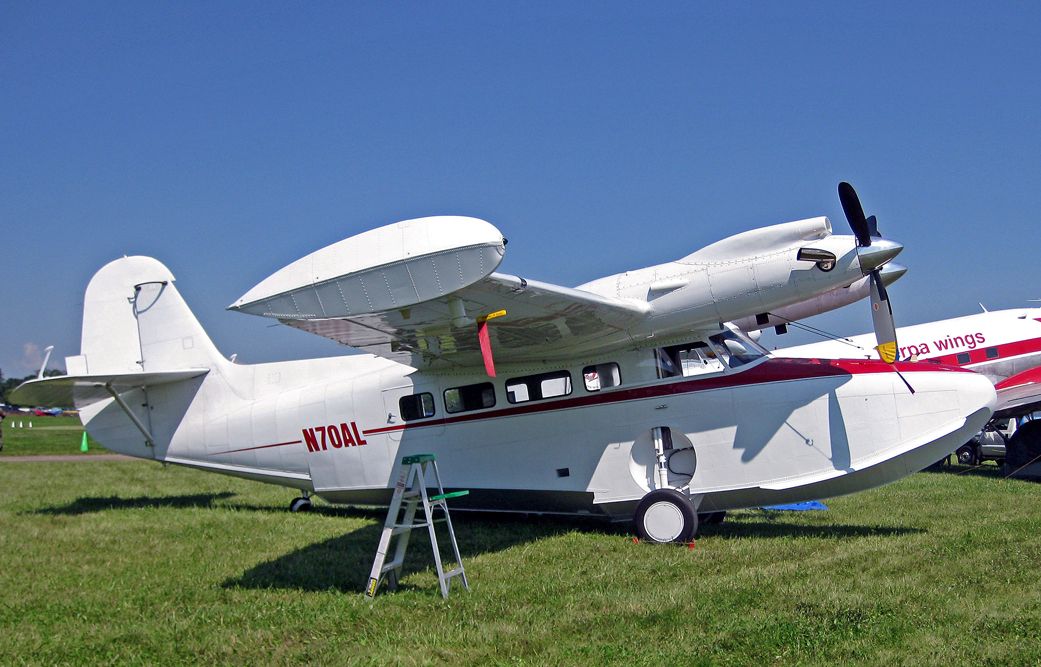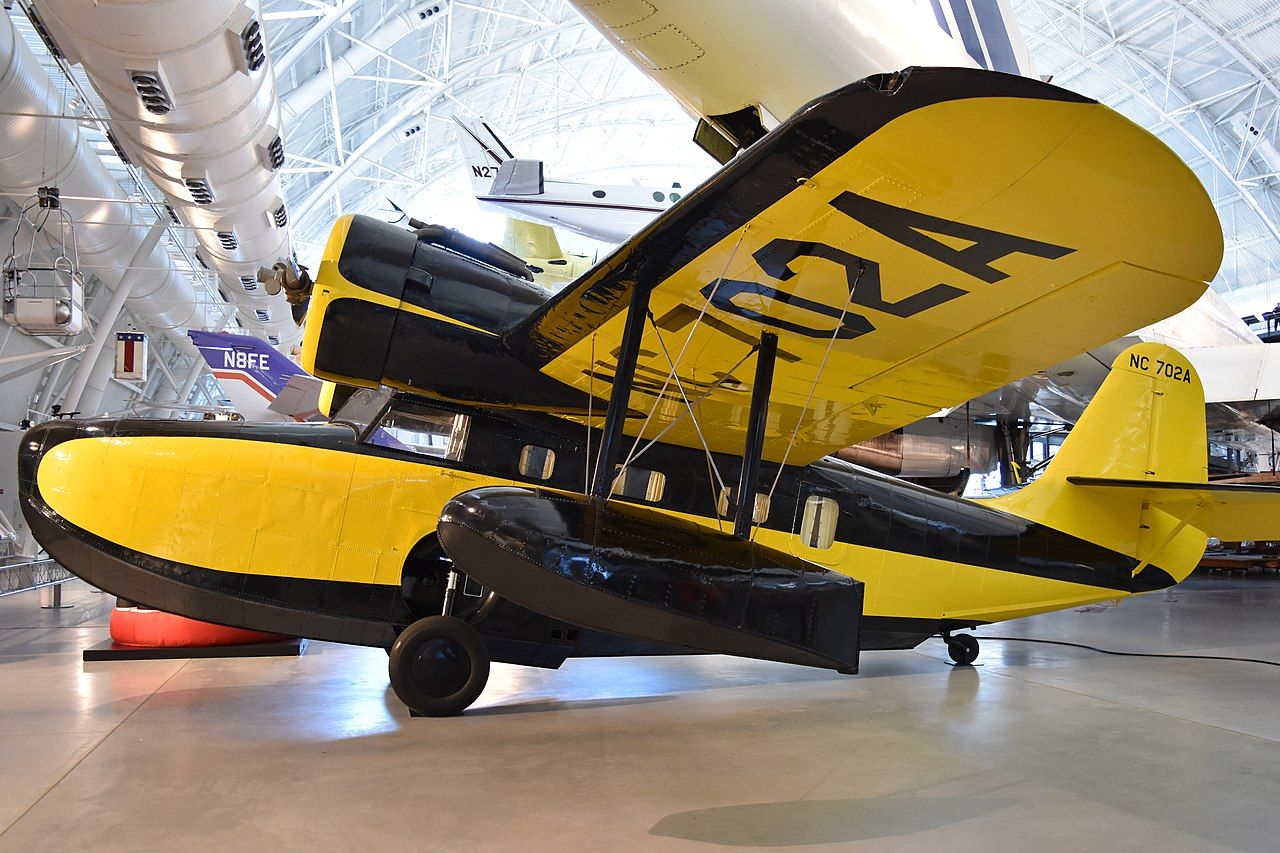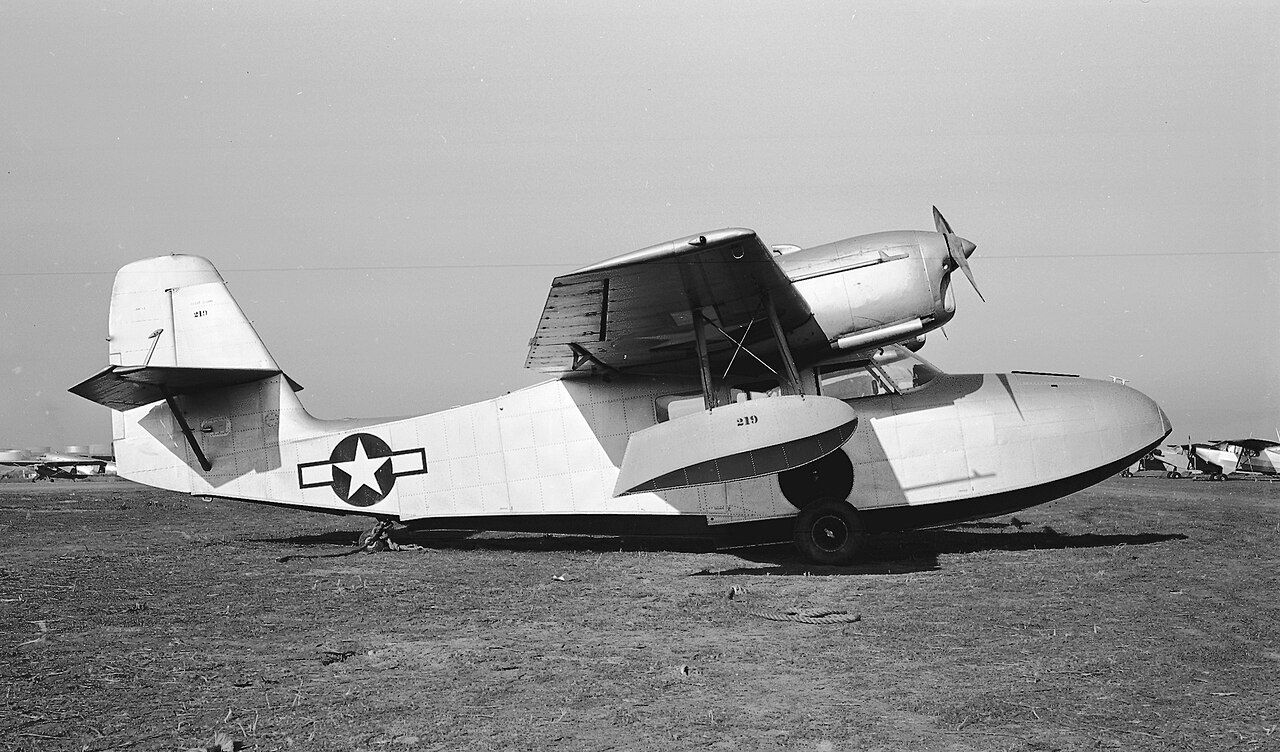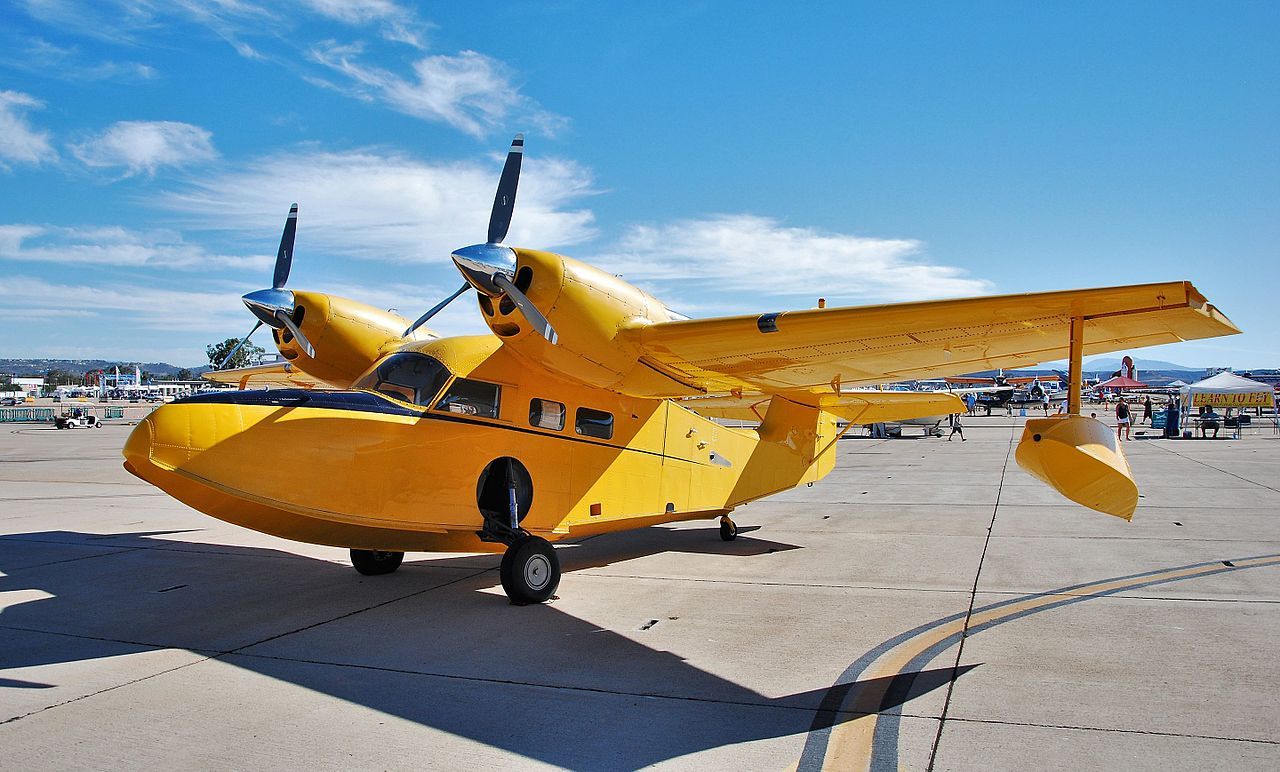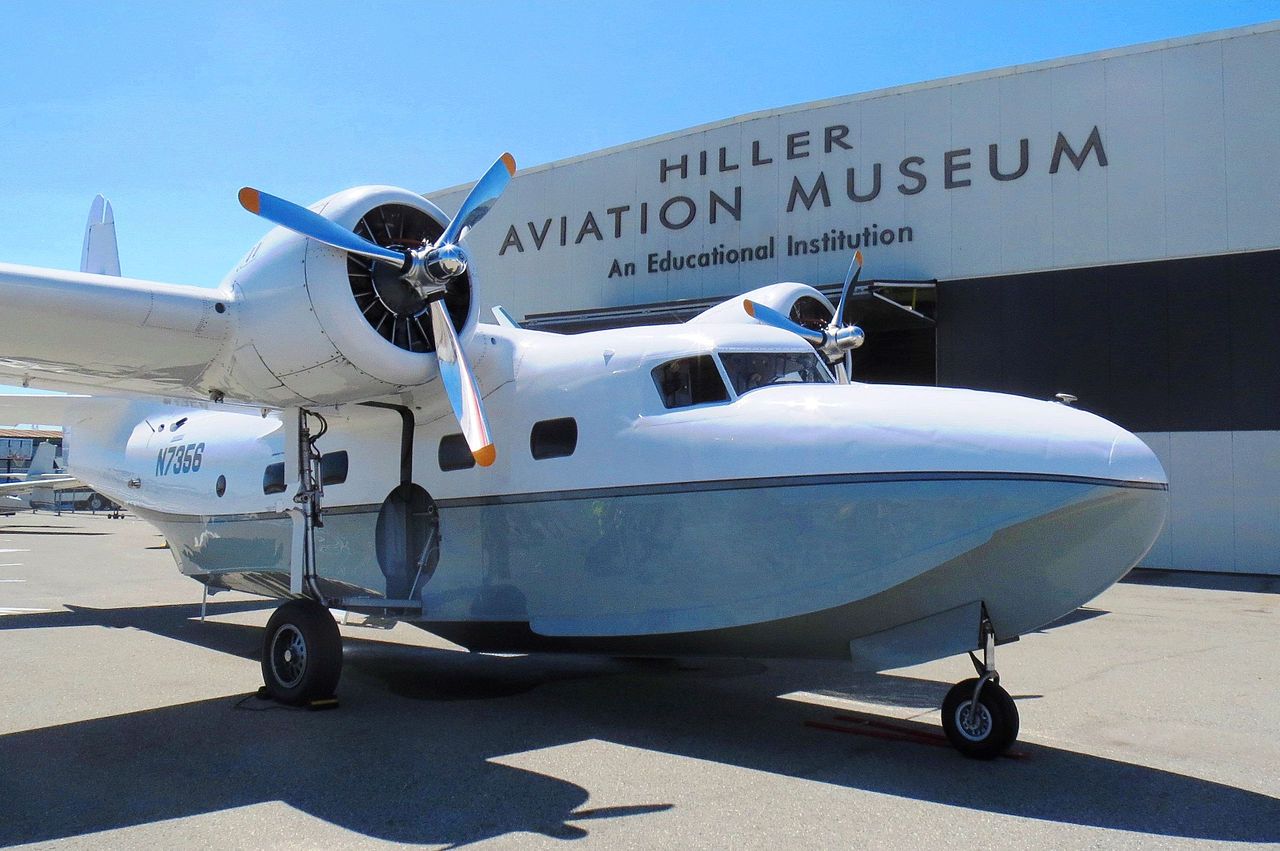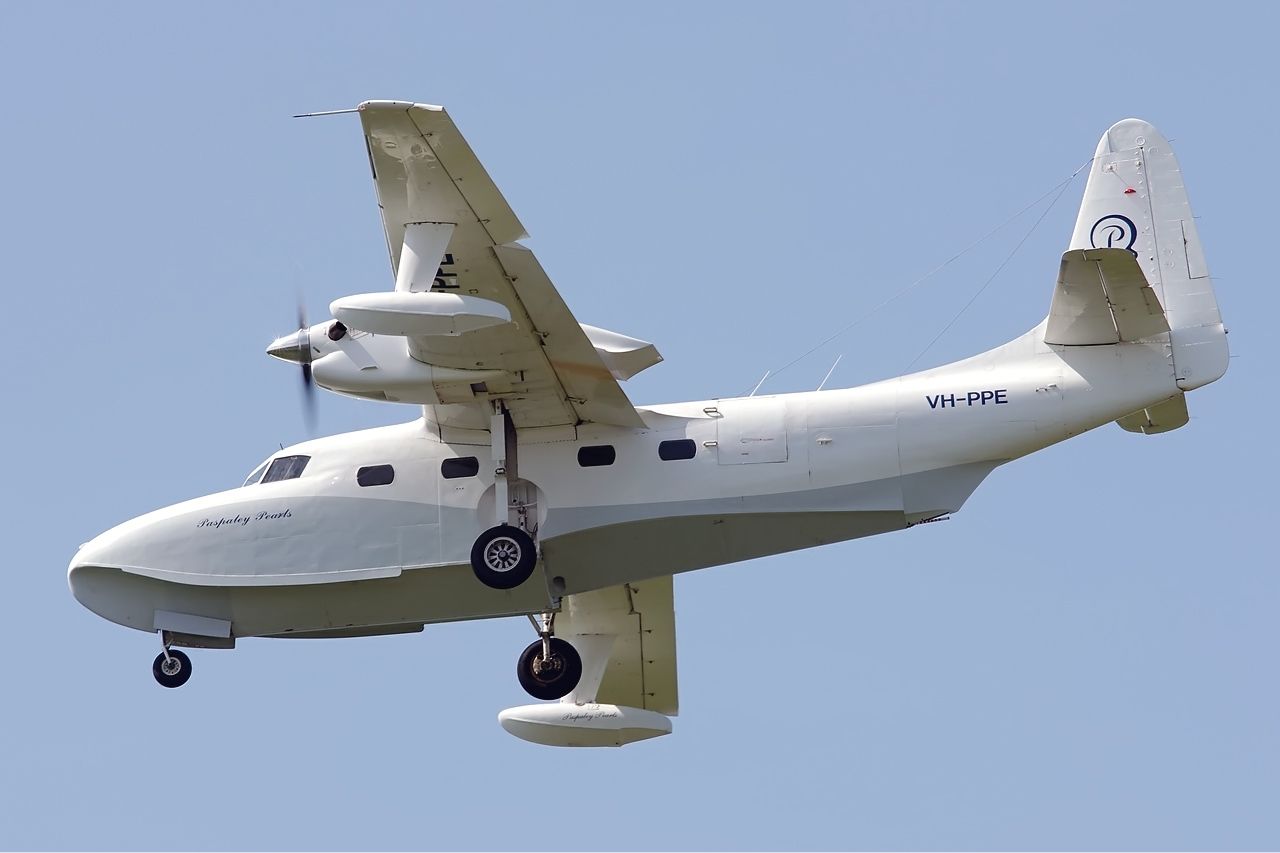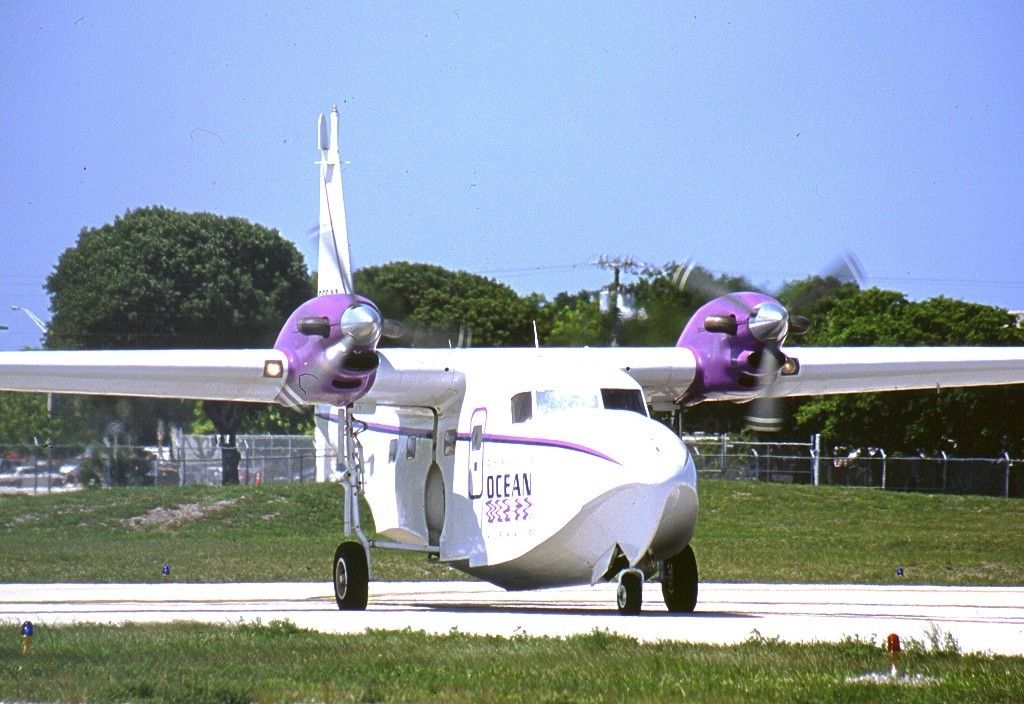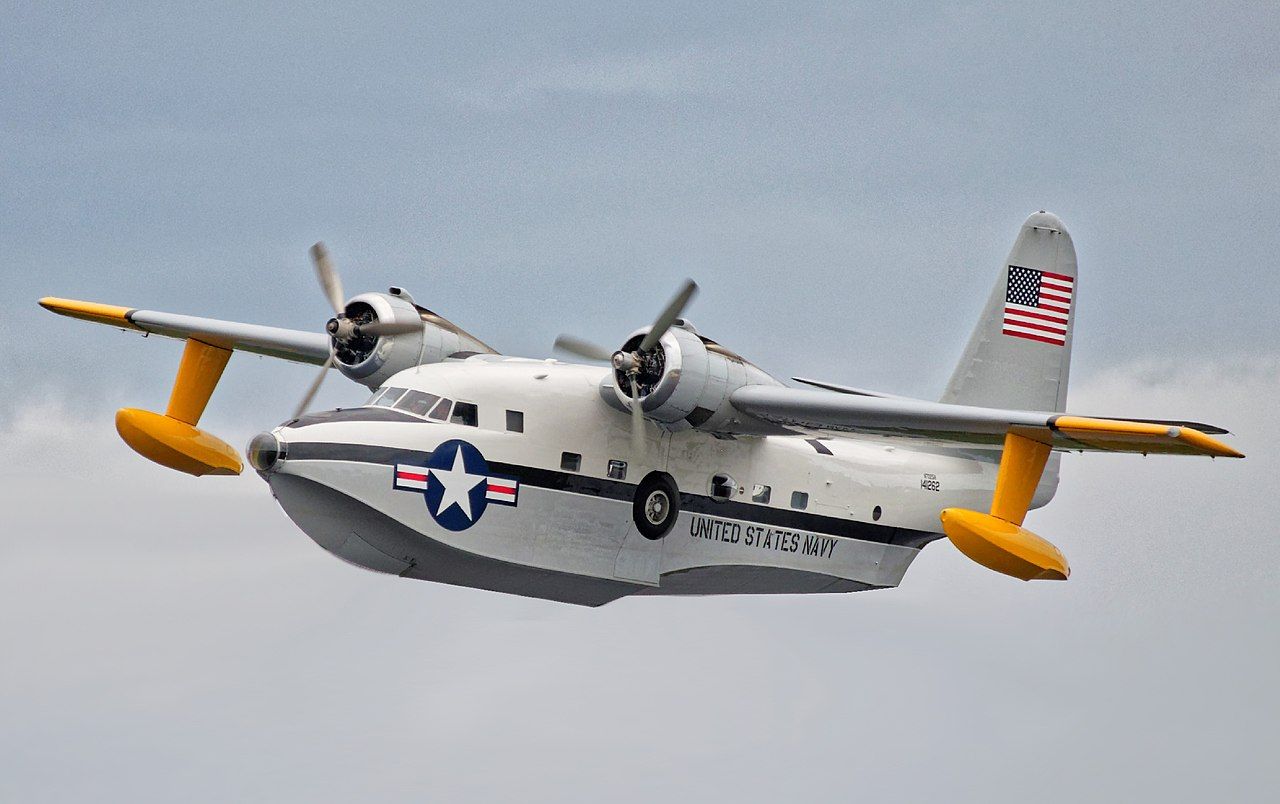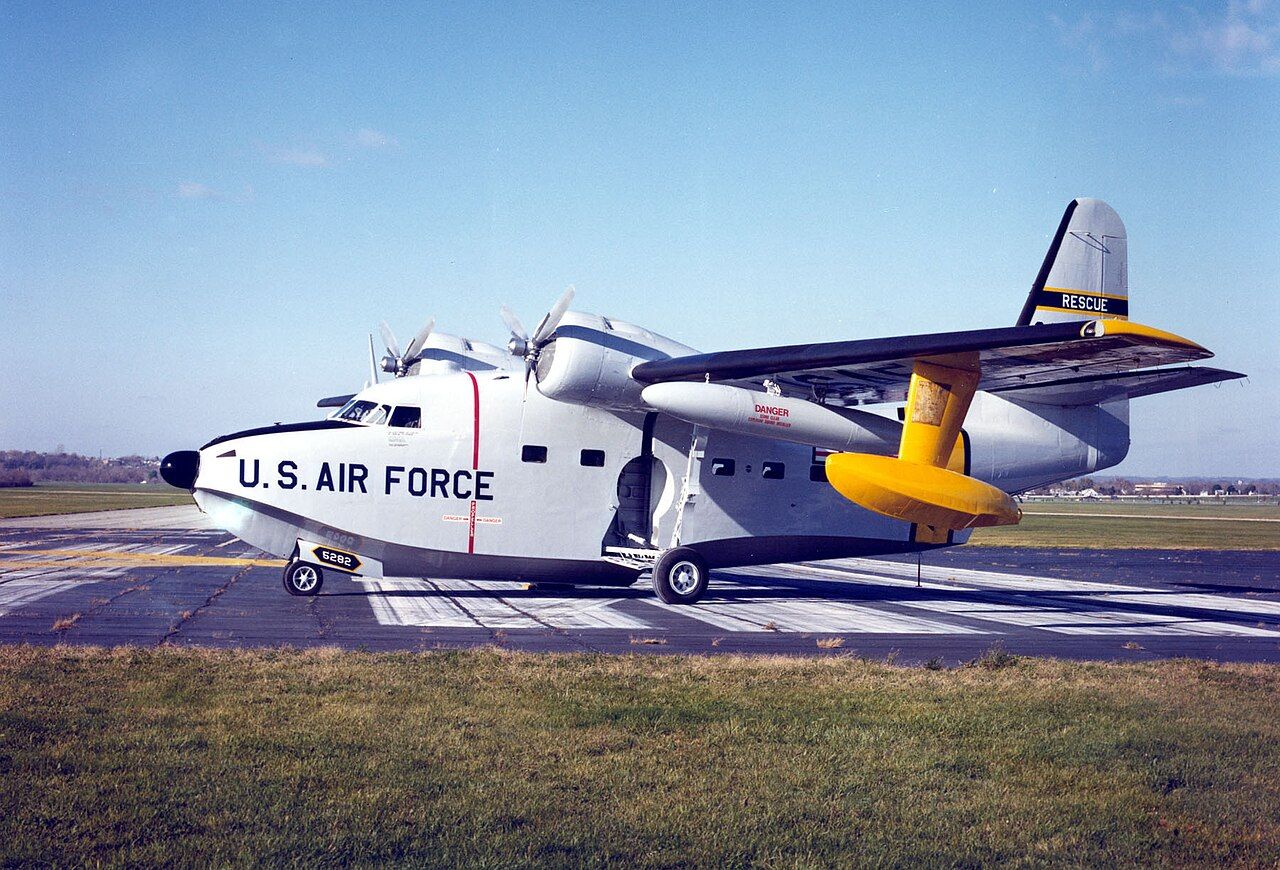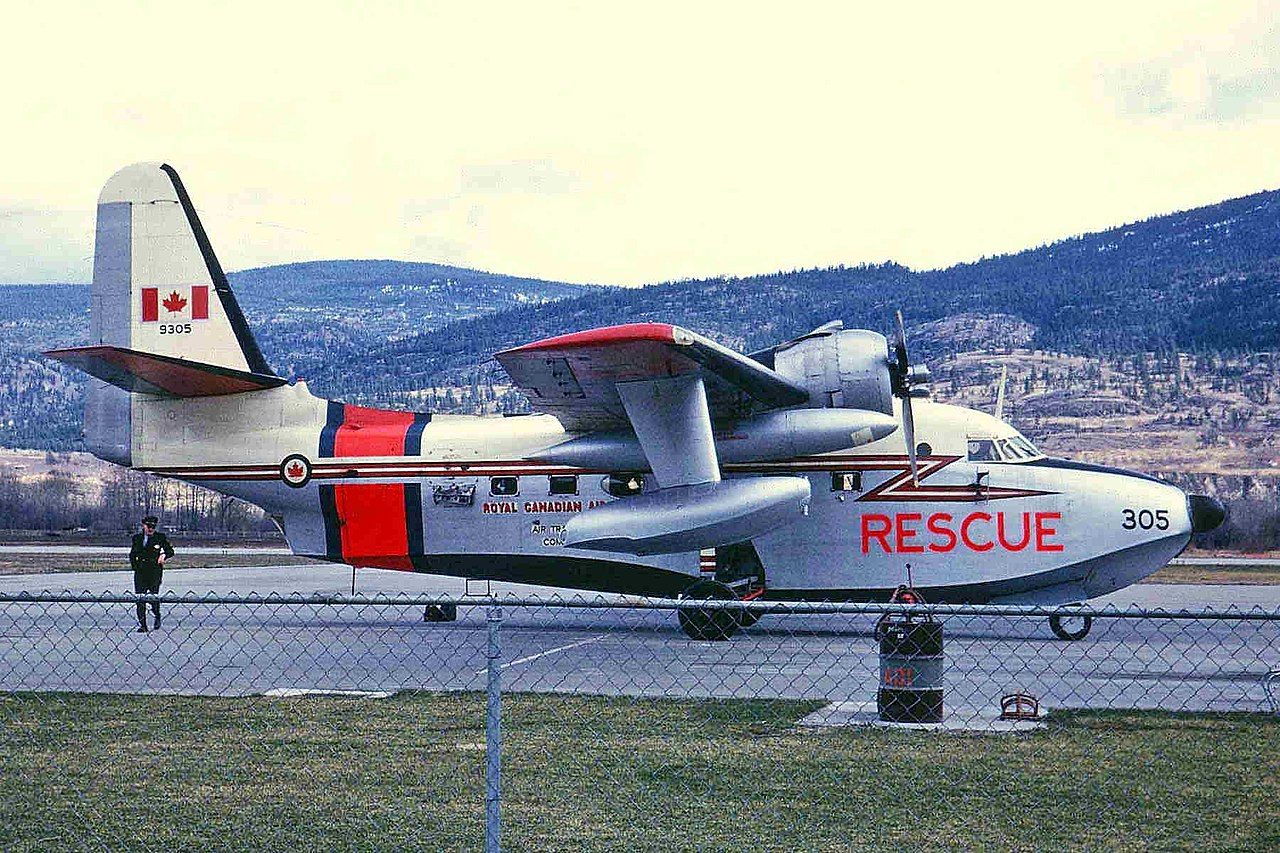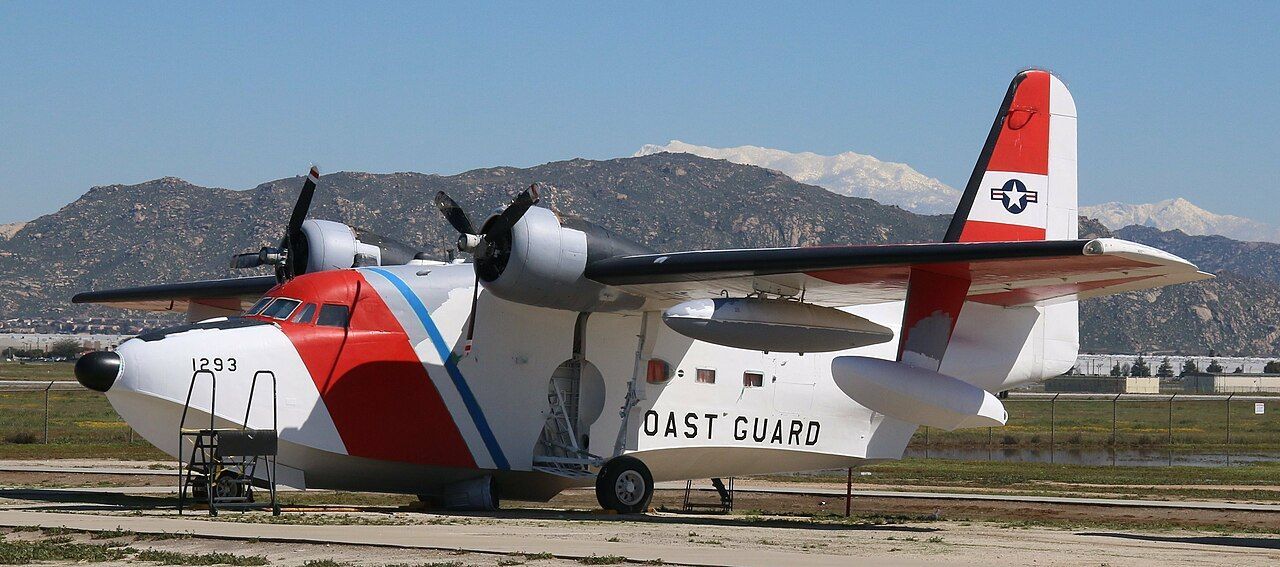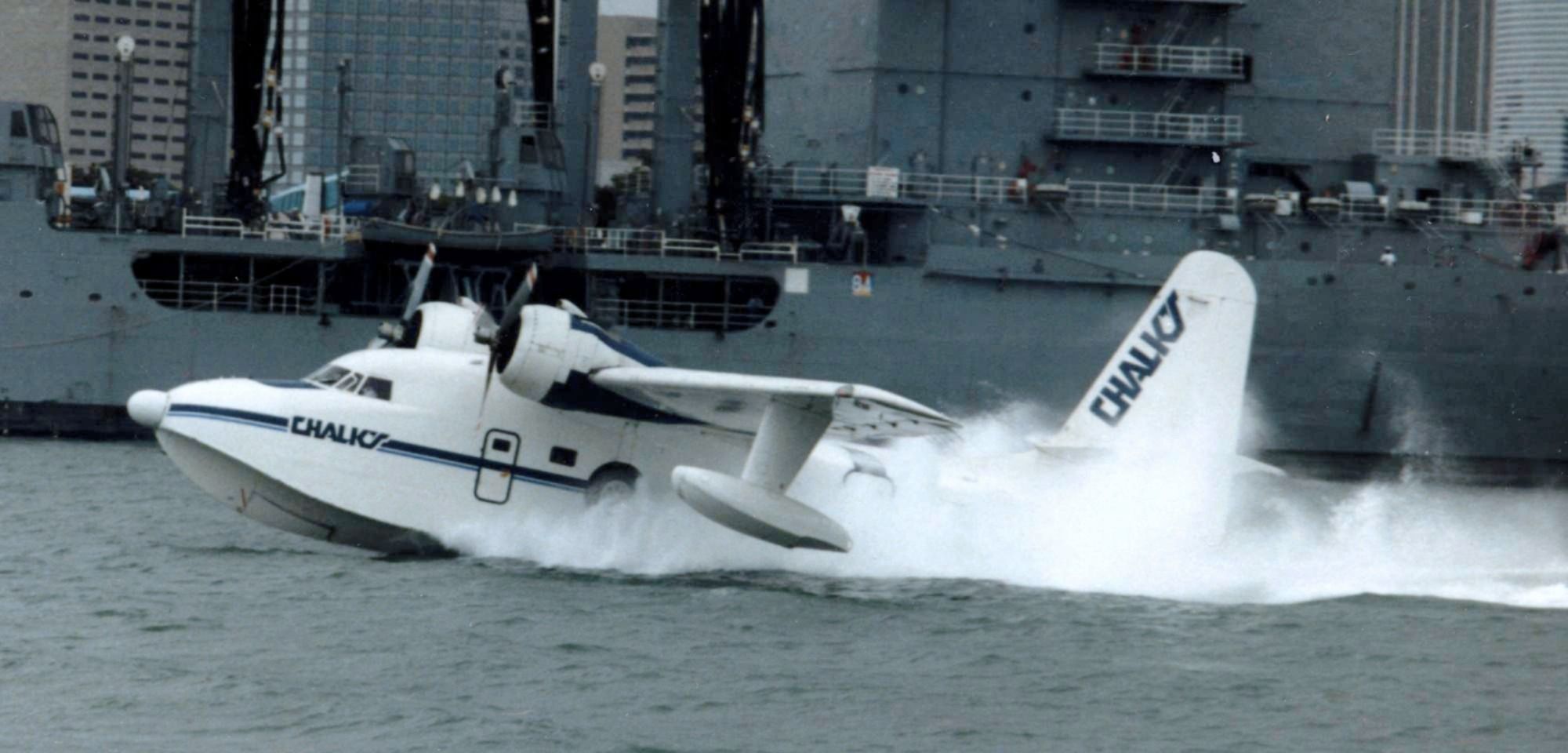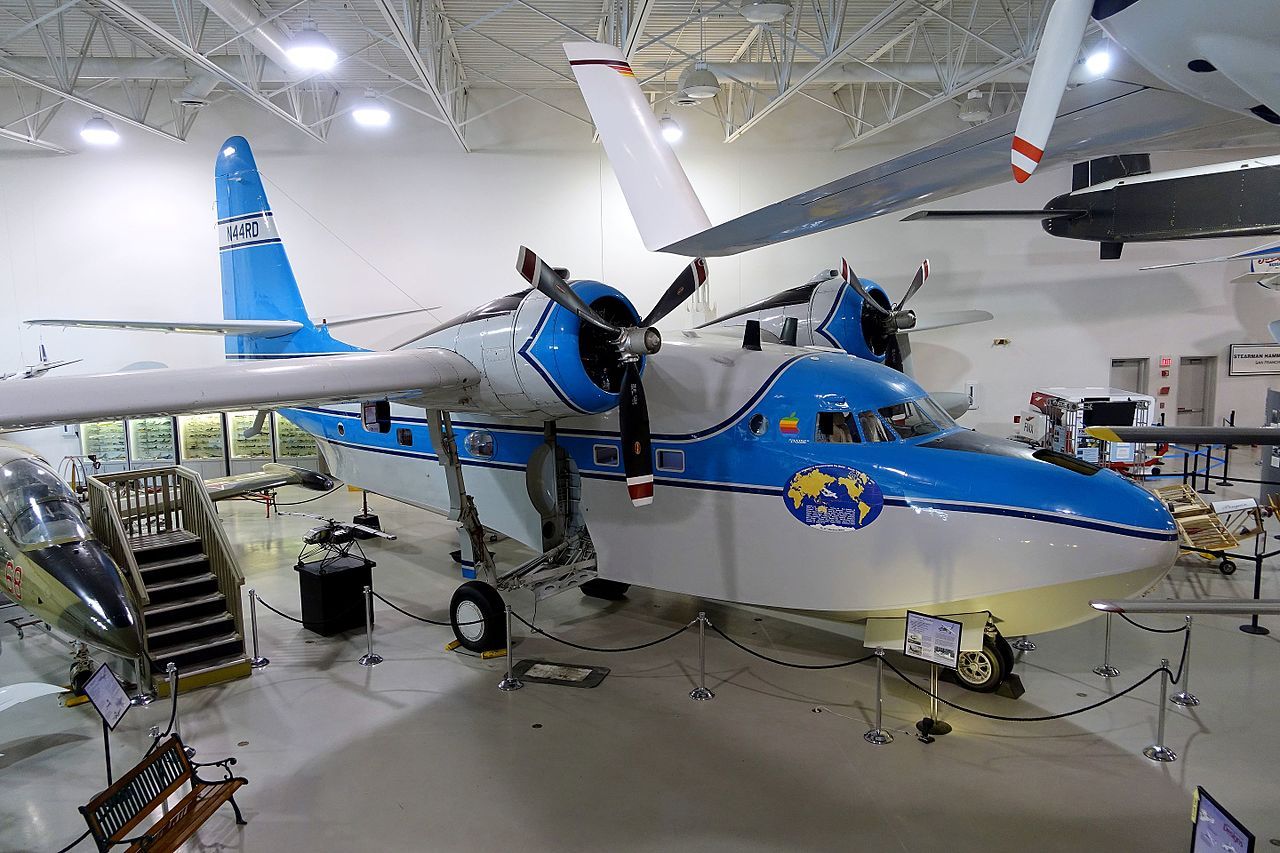Summary
- Grumman Corporation specialized in producing small and medium-sized flying boats, including the G-21 Goose, G-44 Widgeon, G-73 Mallard, and G-64 Albatross.
- These flying boats revolutionized the use of flying boats, expanding their applications to include private, military, and commercial airline travel.
- Despite the decline of flying boats, there is still potential for a newly engineered flying boat design, as demonstrated by Catalina Aircraft’s attempt to revive the Consolidated Catalina flying boat.
The Grumman Corporation produced many aircraft types over the decades, yet it specialized in producing small and medium-sized flying boats for many years. Here, Simple Flying looks at just four of the most well-known and successful flying boats that Grumman built in that era.
Introducing the Grumman flying boat family
The flying boat has historically had mixed fortunes. Yet one US manufacturer carved a niche in mass-producing a series of flying boats for various applications. Grumman Aircraft Engineering Corporation (now part of Northrop Grumman), based in New York, was that company, and its amphibious aircraft have become ubiquitous with the flying boat heydays of the 20th century.
The manufacturer began its activities in the flying boat arena with its G-21 model, known as the Goose. Over time, the company broadened its flying boat offering to include other models, including the Widgeon, the Mallard, and the Albatross.
This article briefly examines each of these in turn and explains how their production changed the way flying boats were used. Where once these magnificent machines were best well known for opening up long-haul passenger air travel, Grumman showed how flying boats could be used far more widely, including for private and military uses and commercial airline travel.
4 The G-21 Grumman ‘Goose’
Grumman initially established itself with the FF (‘Fifi’) biplane naval fighter and later its JF (‘Duck’) biplane floatplane. The experience gained with the latter of these types would provide a springboard for the development of other models by the company.
In 1936, a group of Long Island-based millionaires approached the Grumman company to ask for a flying boat aircraft they could use to fly from Long Island to New York City. As there were other potential markets for such an aircraft, Grumman went ahead with the project, designing a twin-engined high-wing monoplane, initially referred to as the G-21.
The G-21 was of conventional flying boat configuration, with a stepped boat hull, a high wing with fixed floats, and a strut-braced tailplane. It was to be amphibian, with a fixed tailwheel and mainwheels that hand-cranked up into the fuselage.
The Goose was mostly made of aluminum, although the trailing half of the wing and flight control surfaces, except for the flaps, were fabric-covered. The G-21 was powered by a pair of Pratt & Whitney Wasp Junior radial engines, driving two-blade constant-speed variable-pitch propellers.
The G-21 had two pilots and up to six passenger seats. Having a split door on the rear left fuselage, the bottom part hinged forward, and the top part hinged up. There was a hatch in the nose, primarily to assist docking.
The first G-21 performed its initial flight on May 29, 1937. Trials went well, and it was put into production. The Goose proved popular in civil and military roles, with notable service in World War Two. The Goose was Grumman’s first monoplane and also its first twin-engine aircraft.
Only 12 original G-21s were built before the design was adapted and modified, with the G-21A having a higher take-off weight (MTOW) than the original model. The G-21A quickly found homes with both the US Army Air Corps, the US Navy, and the Royal Canadian Air Force (RCAF)
The Goose undertook various roles in US Navy service, including target towing, coast guard, medevac, coastal patrol, and maritime search and rescue. Due to their versatility, several Geese found their way into service with the as well as the Royal Australian Air Force (RAAF).
A total of 345 Geese were built. Although the US Navy abandoned the Goose soon after the war’s end, the type served with the US Coast Guard into the mid-1950s.
The Kaman helicopter company converted one Goose airframe into a ’tilt-wing’ vertical take-off/landing (VTOL) testbed, equipped with a General Electric YT58-GE-2A turboprop engines on the tilting wing. This could tilt up to 50 degrees from horizontal driving oversized three-bladed props.
The prototype was put through tests for the US Navy in 1959, but it was deemed to lack potential, and the program was canceled in 1962 before the machine performed an actual maiden flight. The prototype remains on display at the New England Air Museum in Windsor Locks, Connecticut.
The Goose continues to fly in civil roles, most still flying being the ‘Turbo Goose,’ having been retrofitted with Pratt & Whitney turboprop engines. One company, known as Antilles Seaplanes of North Carolina, even proposed bringing the Goose back into production using the latest technology. However, this proposal never became reality.
3 G-44 ‘Widgeon’
With the Goose having proved successful, Grumman produced a scaled-down version. The G-44 Widgeon had its first flight in 1940 and entered service with the US Navy in 1941 for anti-submarine patrol missions.
The Widgeon shared the same configuration as the Goose, except for being smaller and having two Ranger L-440-5 air-cooled inverted inline six-cylinder engines instead of the radial engines found in its larger stablemate.
The Widgeon was a flying boat of predominantly metal construction, and the landing gear arrangement was the same as the Goose, except the main gear was retracted under hydraulic power rather than manually.
Along with civil G-44s, Grumman built 25 machines fitted with three seats for the US Coast Guard (the J4F-1), alongside 131 J4F-2 variants with five seats for the US Navy. The US Auxiliary Air Force utilized 15 G-44s into service under the designation of OA-14. 15 more G-44 found homes with the UK’s Royal Navy.
Unlike the Goose, the Widgeon remained in production after the war, being sold to civilian operators before the last delivery in 1949. Another 41 were made under license by the Societe de Construction Aero-Navale (SCAN) in La Rochelle, France, with the last being rolled out in 1954. A total of 317 Widgeons were built in all.
2 G-73 ‘Mallard’
With the Widgeon being a downscaled version of the Goose, in 1946, Grumman upscaled the Goose to produce a larger amphibious flying boat – the G-73 Mallard. The inaugural flight of the Mallard took place on April 30, 1946.
Like its smallest sister, the Widgeon, the Mallard shared the same configuration and radial engines as the Goose. However, the Mallard was of a noticeably updated design, featuring, among other refinements, retractable tricycle landing gear.
Along with a crew of two, the Mallard could carry up to ten passengers. There was a forward-hinged door in the rear and a hatch for docking when conducting water-bomber operations in the nose.
Coming too late for wartime service, the larger Mallard failed to secure any significantly large orders from the military sector to secure production longevity. Additionally, the widespread availability of surplus ex-military aircraft types after the war resulted in a weak commercial market after the war’s end.
Consequently, only 59 Mallards were built before production ended in 1951. Mallards saw limited commercial service, although they found a welcome home with niche operators such as Chalks International based in Miami operating scheduled flights to Bimini in the Bahamas. Several Mallards also flew as government VIP transports.
In the 1970s, eight Mallards were refitted by Frakes Aviation with PWC PT6A turboprops and were refitted to carry up to 17 passengers. These aircraft were rebadged as G-73T Turbo Mallards.
1 G-64 Albatross
Grumman identified that while the Mallard had failed to attract military orders, an upscaled Mallard may fare better. The company went on to design the G-64 Albatross, which was intended to act as a utility transport and search and rescue airborne platform. The first production Albatross was subsequently delivered to the US Navy in 1949.
The Albatross was a design descendant of the Goose, with the same general configuration but aerodynamically cleaner and much larger in scale. The Albatross was of all-metal construction, except for fabric-covered elevators and rudder, and was powered by twin Wright Cyclone radial engines.
The Albatross had what was known as a “deep-V” hull design, allowing it to operate in rough seas. However, it required the assistance of jet boosters to provide rocket-assisted take-off (JATO) capability to take off again in particularly rough seas. Later variants featured a radar pod in a ‘thimble-style’ nose-mounted fairing.
The Albatross typically carried six crew for search and rescue operations, including a pilot, copilot, navigator, radar operator, flight mechanic, and paramedic. In the SAR role, some Albatross planes were fitted with crew rest bunks for more extended patrols, while asoms also featured bulged fuselage-side windows to improve visibility for observers.
In military service, the Albatross carried a range of paint schemes. Aircraft deployed in combat zones (Korean War, Vietnam War) were painted dark gray on top and light gray on the belly to reduce visibility. USAF Albatrosses were typically painted in overall aluminum, with red or orange tails, red or yellow wingtips, and other markers of high-visibility colors.
US Navy machines tended to have more imaginative coloration, such as white upper and black lower, with high-visibility color markers. US Coast Guard planes were generally painted in the usual Coast Guard white and orange color scheme (known unofficially as the ‘creamsicle’ scheme).
Although the Albatross served the US military well for many years in many roles, only four were lost in action throughout its service life. The type was eventually retired in the mid-1970s, having been superseded in the SAR role by the Lockheed HC-130 Hercules and the Sikorsky HH-3 Jolly Green Giant helicopter.
The total production of the Albatross is given as 466 aircraft. The Albatross was phased out of service with the US Navy in the mid-1970s and Coast Guard service in the early 1980s.
The Albatross enjoyed limited civil/commercial service in the Pacific and Caribbean after it retired from the military. In the 1970s, Grumman converted retired Albatrosses to a 28-seat airliner configuration, designated the Grtuman Model 111. However, the concept didn’t sell, with only 13 conversions performed and those converted seeing little use.
The Albatross proved too fuel-thirsty to be cost-effective as a small airliner. While the Smithsonian Institute flew a single Model 111 to support international exploration expeditions, another was converted to become a tanker to fight forest/wildfires. However, this single plane saw little or no service in this role.
In summary
With a combined total of 1,342 aircraft produced, Grumman enjoyed great success with its range of amphibious flying boats. Although the demand for seaplanes appears to be taken up more with floatplanes these days (the difference is explained in this article), there is an argument that a market remains for a newly engineered flying boat design.
Although the halcyon days of flying boats may be behind us, it is anyone’s guess as to whether they will make a triumphant return. One such company, Catalina Aircraft, is looking to bring back a modernized version of the Consolidated Catalina flying boat. Only time will tell if this ever takes to the air

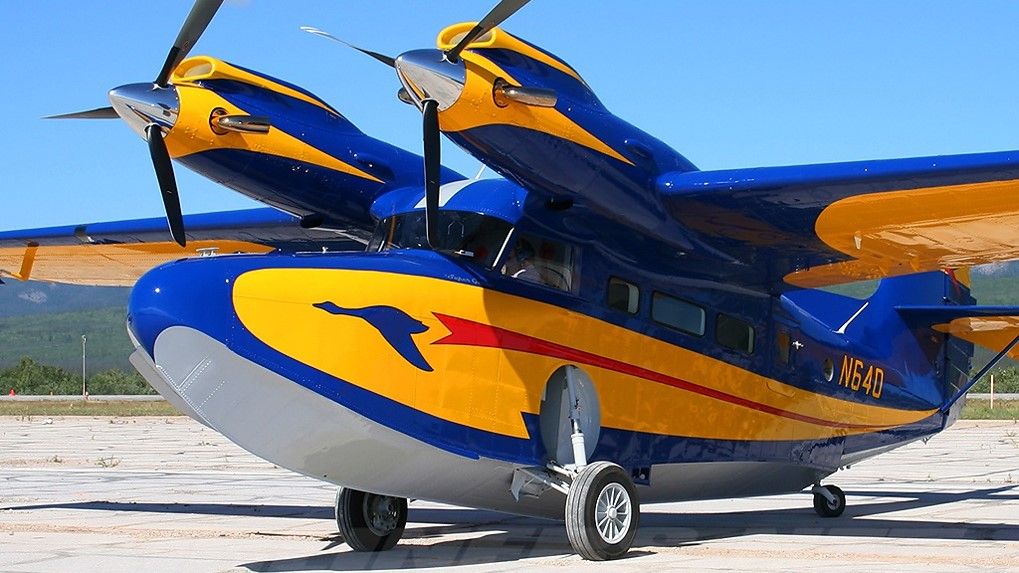
.jpg)
